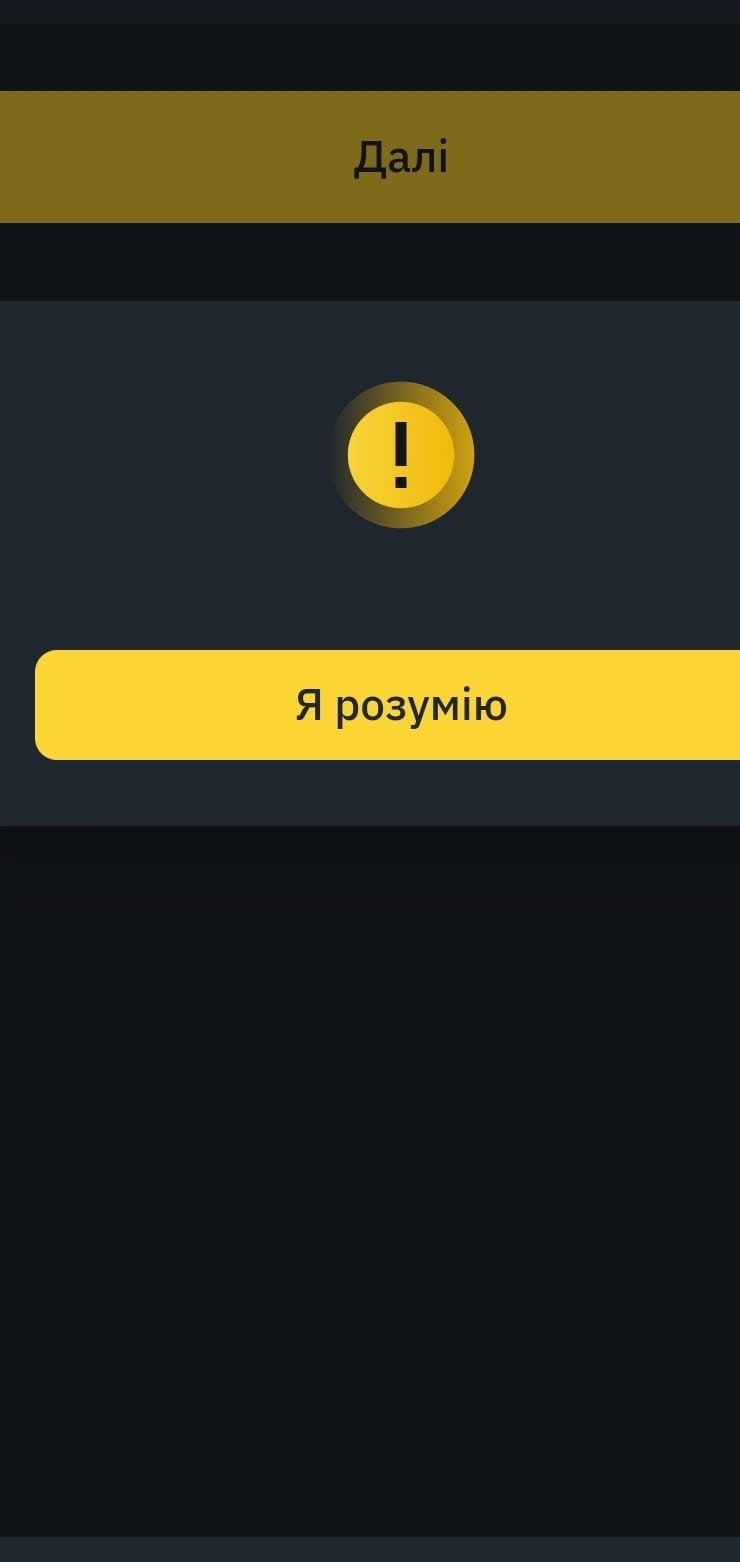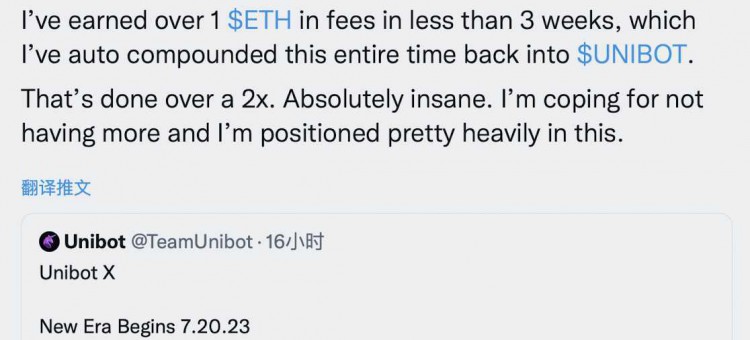Since its inception, Bitcoin has been hailed by some as a revolutionary technology with the potential to transform the way we conduct transactions using a new financial layer. Recently, a new innovation has emerged that could unlock new possibilities for the Bitcoin network to also function as a cultural layer. Ordinals, which refer to NFT-like assets on the Bitcoin network, had their start in December 2022 when Bitcoin developer Casey Rodarmor released the ORD software. Each bitcoin can be subdivided into 100 million smaller units called "satoshis," and while normally these satoshis are fungible, ORD assigns numerical value to individual satoshis, allowing for uniqueness. More specifically, ORD allows users to add arbitrary data to a Bitcoin transaction ("inscription") and tie the data to an individual satoshi ("ordinal"). Ordinals have generated a great deal of attention in the crypto ecosystem, surpassing one million inscriptions on April 8, 2023 (Figure 2), and sparking a conversation about the potential to unlock new possibilities for the Bitcoin network.
Figure 1: Simplified Bitcoin Inscriptions and Ordinals Example
Source: Grayscale Research
This process effectively creates a Non-Fungible Token ("NFT") on the Bitcoin network. While some are critical of ordinals, cautioning against bloating the blockchain or harming fungibility, we believe that ordinals represent one of the larger opportunities for Bitcoin adoption, especially as the Bitcoin network has historically been viewed as a rigid blockchain ecosystem.
Figure 2: Ordinals Count
Source: Dune, @dgtl_assets, as of 4/21/2023
Despite their recent popularity, ordinals are not the first instance of NFTs on the Bitcoin blockchain. Renowned Bitcoin NFT projects, such as Rare Pepe Cards (Figure 3), employed a Layer 2 network known as Counterparty, which was established in 2014. However, Counterparty's Layer 2 infrastructure was criticized for being complicated, which left room for other approaches to take hold. While the Counterparty network may seem less relevant today, it still represents one of the first instances in crypto's history where users created and traded unique digital assets—and arguably could have spurred the mass excitement around NFTs, more broadly.
Figure 3: Rare Pepe Card on Counterparty Network
Source: Rare Pepes
Ordinals stand out among Bitcoin NFT endeavors due to their independence from Layer 2 solutions. Rather than relying on such solutions, ordinals capitalize on previous Bitcoin network enhancements, such as SegWit (conducted in 2017 and increased Bitcoin block size limit to 4MB) and Taproot (conducted in 2021 and added more complex scripting in the witness section of the transaction). Ultimately, ordinals enable data to be directly embedded within the witness segment of a Bitcoin transaction. Ordinals can be composed of almost any type of data, ranging from pictures to videos to applications (Figure 4).
Figure 4: Example of a Bitcoin Ordinal
Source: Doom Clone NFT
As the use of ordinals deviates from the conventional peer-to-peer electronic cash system, numerous criticisms have arisen from those who disapprove of them. Generally, these criticisms can be summarized as follows:
The concerns are valid: the original Bitcoin whitepaper does not account for unique digital assets, extra data contributing to blockchain bloat, nor inscriptions that could reduce fungibility. Still, ordinals are, in fact, a byproduct of utilizing the Bitcoin blockchain as it exists today and the subsequent crypto innovations that have come since, even if not initially envisioned by Bitcoin's creator. And—while the inscription of satoshis does decrease fungibility—it is estimated that it would take around 238 years to mint ~0.24% of the total terminal BTC supply.
We believe that ordinals are positive for the Bitcoin network in two key ways: resulting in an increase of Bitcoin miner fees and potentially contributing to a cultural transformation within the Bitcoin community.


LamemecoinWIFesuna索拉纳的红色,与其他流行的memecoin进行比较的新的Podríamosdecir,dadoqueselanzóen11月1日pasado。图像3Elsábadopasadofuel...


作为促进 SUN 生态系统可持续发展的重要进展,SunPump 宣布启动 SUN 的回购和销毁项目。根据 SunPump 的说法,该平台将利用其收入开展这项回购和销毁项目,标志着该计划致力于减少代币供应量并提高 SUN ...


I could not log into the account to control my position, the result was liquidation.not nice((I hope the Excha...


近期,一些 bot 项目进入大家视线内。比如前段时间涨幅较高的 Unibot;比如,近一天内涨幅最高达 4 倍的 LootBot(LOOT),可能有些人昨天冲过 LOOT,且获得了翻倍的收益。所以这类 bot 项目都什么...